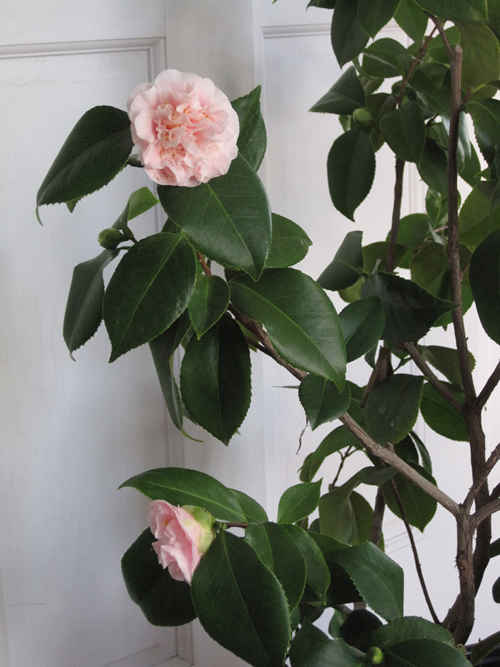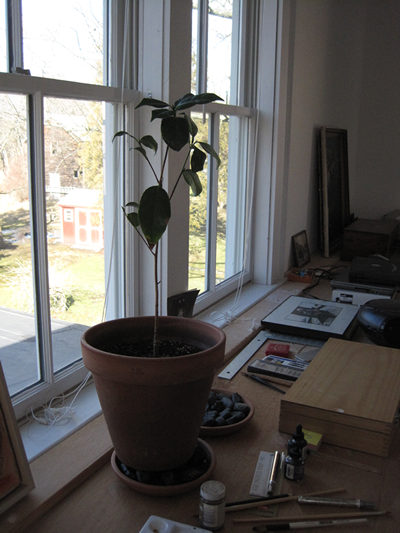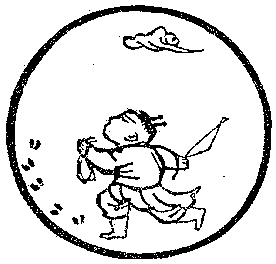A Japanese Garden
Here is a beautiful quote from the curator of the Portland Japanese Garden, Sadafumi Uchiyama. He expresses the essence of a tea garden and for me, the essence of Japanese art and culture.
Here is a beautiful quote from the curator of the Portland Japanese Garden, Sadafumi Uchiyama. He expresses the essence of a tea garden and for me, the essence of Japanese art and culture.
This is a fascinating deconstruction of a tea house. It’s all glass, whereas tea houses of the past were dark, enclosed spaces where you could hardly see. Light and shadow were paramount aspects. But here – all is revealed.
I would love to have tea in this space. Moving through the Roji one is certainly transformed.
This ‘glass tea house mondrian’ by Japanese artist Hiroshi Sugimoto unites wood, glass and water as a pavilion, holding the traditional Japanese tea ceremony within its transparent wall. Read more about this tea house inspired by Venetian Glass.
Yesterday, as I was walking through my garden with a friend, she discovered this wonderful and mysterious Trillium – a precious, native orchid. It was hidden away and I had no idea it was in the garden. Did I plant this years ago and forget about it?
A Trillum is loved for its flower, which is amazing, but also admired for the three large leaves that dress it. It’s called a ‘Wake Robin’.
I was so thrilled to find it. It’s a perfect flower for Chabana, a flower to use in the tea room. I couldn’t resist and cut one flower.
How beautiful. But then I found out that one should not cut Trillium as they spread by seed. And they’re rare. Oh no. I had cut-killed this beautiful wild thing from my garden.
But last night seeing this wild orchid during zazen meditation in the tea house – I could see the whole perfection of the universe in it. No kidding. And you would have too. Satori isn’t just for the few. It’s for all of us at anytime.
Gratitude to all plants and teachers.
I am fortunate to study with Soei Christy Bartlett Sensei who narrates this video.
Tea inspires my daily life. The practice is about living in this moment.
What is that?
It takes many forms, but one of the most beautiful is Chanoyu.
Stones are priceless in Japan. I”ve seen gardens created in the 16th century that have stones and rocks imported from far away that are worth their weight in gold. Seriously. It”s part of the statement of a lord or king”s garden – or in Japan”s case – the Shogun”s garden. Just look at Versailles if you can”t travel to the east. It”s the same mentality.
I shy away from that sort of thing and rely on what is near at hand with only a suggestion of intent – not of wealth and power – but of a turning inward and coming back to a sense of self amidst the ordinary.
However, I can”t help but be in awe of this place:
In winter a Camellia is the preferred flower in the tearoom. It blooms from October through April. Each flower may last for several days but only the bud is used with a deciduous branch from a shrub or tree such as Viburnam or Fothergilla.
– excerpt A Tea Garden in Tivoli

Camellias are native to China and Japan. They grow well in moist mild winter areas.
Here in Zone 5, I overwinter potted Camellias in a cold room of my house

This Camellia is called Shiro Wabisuke which I ordered
from Nuccio”s Nurseries
www.nucciosnurseries.com
It will have small, single white blossoms.
There are over 250 species of Camellias. The most widely grown are the Camellia Japonica. In the United States , Camellias grow well in moist, mild winter areas like the South, California, and the Pacific Northwest.
